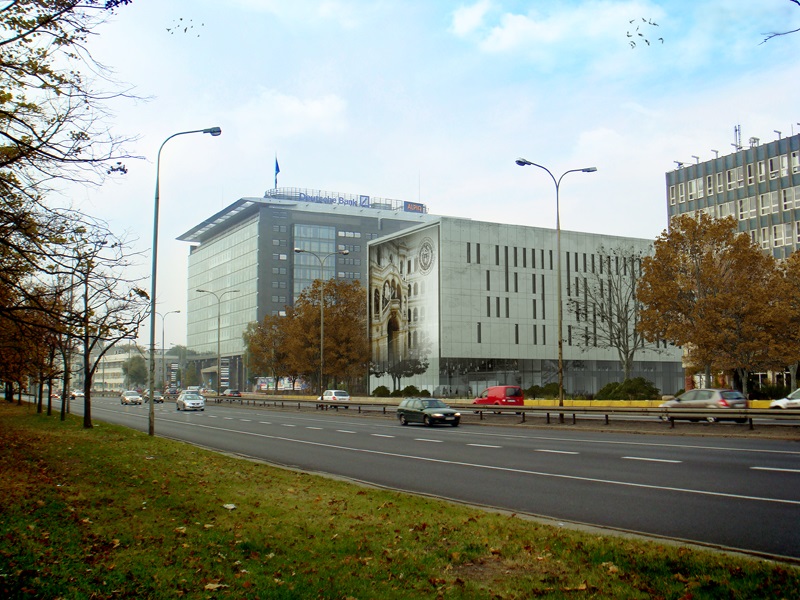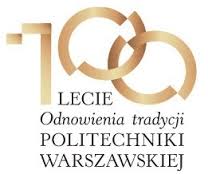Welcome to NICA days 2015 in Warsaw
(Nuclotron-based Ion Collider fAcility)
International scientific and engineering conference associated with the
XI Workshop on Particle Correlations and Femtoscopy (WPCF)
General information and topics:
"The Nuclotron-based Ion Collider fAcility (NICA) is the new flagship of the Joint Institue for Nuclear Research."
A new mega-project NICA is being developed at JINR in Dubna. The project is in advanced stages of realization. Considering that, it is a perfect moment to present its actual state and to find new people from scientific and engineering environment, companies and students for further development and cooperation.
This conference will bring together experts, scientists, engineers and students interested in heavy ion physics and in various aspects of design and construction of measuring equipment for NICA experiments.
Topics:
- Heavy-Ion Collisions and QCD Phase Diagram at NICA energies
- World experiments and theoretical models related to NICA
- Scientific program of JINR and Laboratory of High Energy Physics
- NICA acceleration and experimental complex
- Physics program of NICA experiments
- New technologies, methods and devices developed for NICA
- Basic equipment for NICA detectors
- Managing system, slow control and Databases
- Data Acquisition Systems, Data Quality and Security
- International collaboration
- Opportunities for juniors
These topics will be covered with review reports, invited and contributed talks and the progress reports. We encourage you to participate and to submit the abstract of your talk or poster.
NICA-days are associated with XI Workshop on Particle Correlation and Femtoscopy(XI WPCF), which will be held at the same place and time. Common sessions are envisaged as well, expecting interests of participants in the topics of both conferences.





Disclaimer:
The banner picture on top of this page is adapted from oryginal http://jinr.com.pl.
The background picture in the poster is adapted from Wiki
These files are licensed under the Creative Commons Attribution-Share Alike 3.0 Unported license.





